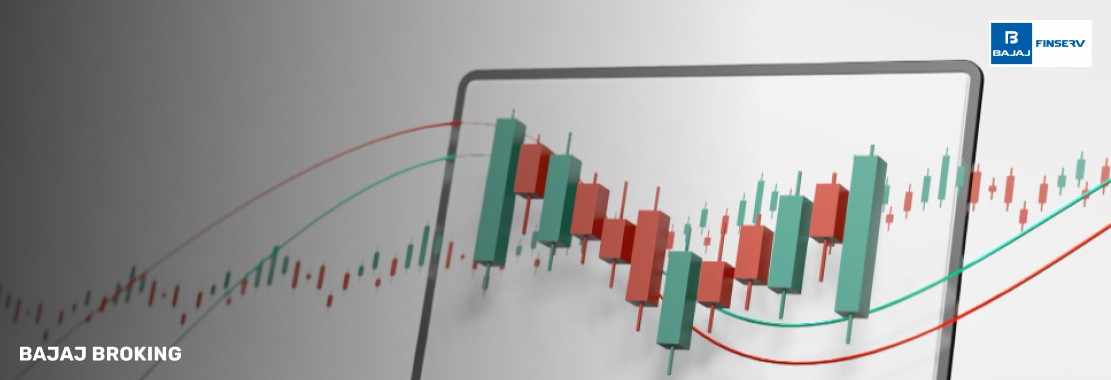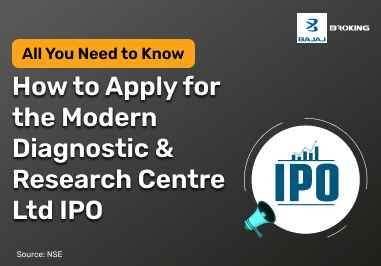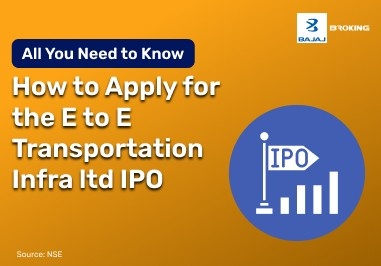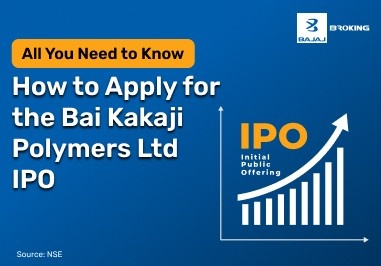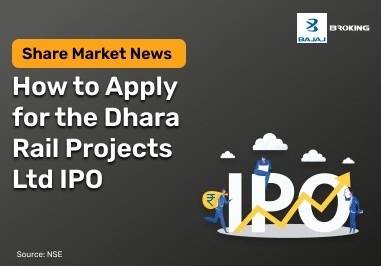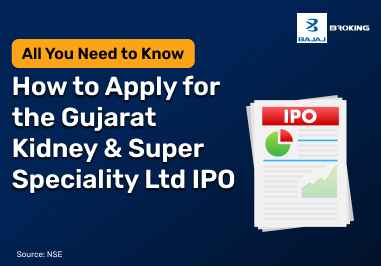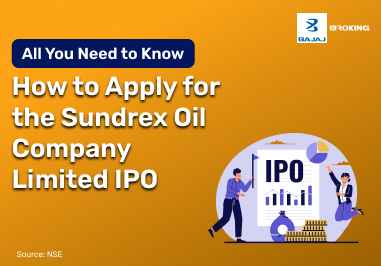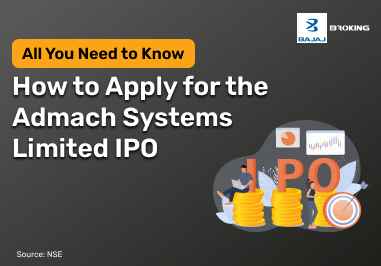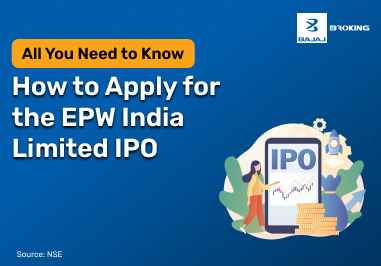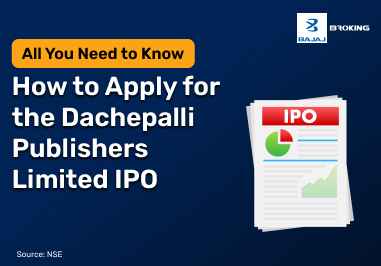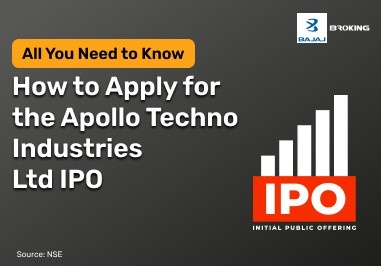When evaluating stocks for long-term investment, it's essential to look beyond just profits and price charts. One powerful concept is the economic moat—a company's sustainable competitive advantage that protects it from rivals. Like a moat defends a castle, this edge helps businesses maintain market share, pricing power, and profitability over time, making them more attractive to investors.
What is an Economic Moat?
An economic moat refers to a company's sustainable competitive advantage that protects it from rivals. Much like a medieval moat shields a castle, an economic moat safeguards a firm’s market position and long-term profitability. This concept, widely used in equity research and business analysis, highlights how certain firms can maintain strong profit margins and fend off competition over extended periods.
The idea was popularised by Warren Buffett to describe companies with durable advantages in their industries. A strong moat can lead to consistent cash flows and market dominance, making it a key indicator in qualitative assessments of a company’s value.
Example of Economic Moat
Economic moats can take various forms, often specific to the industry or sector in which a company operates. Common examples include:
Types of Moats with Examples:
Brand Value: Companies with well-established brands (e.g., in FMCG or consumer electronics) can retain customers more easily due to familiarity and trust.
Cost Advantage: Firms that produce at lower costs due to economies of scale or better logistics can price competitively while maintaining margins.
Network Effects: Platforms where value increases with more users (such as digital payment services or e-commerce marketplaces) benefit from network externalities.
Intellectual Property: Patents, trademarks, or proprietary technology prevent competitors from replicating offerings.
Switching Costs: High costs associated with changing providers (seen in enterprise software) can deter customers from switching to competitors.
Moat Investing Explained
Moat investing involves selecting companies with durable competitive advantages that can generate returns over time. The strategy focuses on identifying firms with moats that are:
Sustainable: Able to withstand competitive forces over time.
Measurable: Evident through consistent profitability, high return on capital, and market share.
Relevant: Matching the industry dynamics and regulatory environment.
This approach often looks beyond short-term earnings to analyse long-term potential, with emphasis on qualitative factors such as business model, pricing power, and customer loyalty.
Investors or analysts using moat-based evaluation may combine this approach with other methods like discounted cash flow (DCF), price-to-earnings (P/E) ratios, or return on capital employed (ROCE).
How to Spot a Company with a Strong Economic Moat?
Identifying a strong economic moat requires careful analysis of both qualitative and quantitative aspects. Here are key indicators to watch for:
1. Consistent Profitability
2. Sustained Market Leadership
3. Brand Recognition and Loyalty
4. Cost Leadership
5. Exclusive Assets or IP
6. High Switching Costs
7. Strong Free Cash Flows
Analysts often use data from annual reports, business news portals, and financial ratios from platforms like BSE, NSE, or SEBI filings to evaluate these indicators.
Why Evaluating Economic Moats Is Crucial for Smarter Investment?
Assessing economic moats can provide deeper insights into a company’s long-term potential beyond surface-level financial data. Key reasons include:
1. Identifies Sustainable Businesses
Companies with wide moats are more likely to withstand business cycles and emerging competitors. Their resilience can offer consistent performance across market conditions.
2. Improves Risk Assessment
Understanding a company’s moat helps measure the risk associated with market entry by new competitors, pricing pressures, or disruptive technologies.
3. Enhances Valuation Analysis
Moats are critical in determining future cash flows. Businesses with moats often justify higher valuation multiples due to their stability and growth prospects.
4. Strengthens Portfolio Quality
Including companies with strong economic moats can improve the overall quality of an investment portfolio by reducing volatility and ensuring more consistent performance.
5. Supports Long-Term View
Moat analysis aligns with long-term investing by prioritising durable advantages rather than short-term trends or speculative momentum.
Conclusion
The concept of an economic moat is a valuable lens for evaluating the enduring strength of a business. Whether in consumer goods, IT services, or manufacturing, companies that build and maintain moats tend to perform better over time. While moat investing requires a qualitative lens, it complements traditional financial analysis and can significantly enhance investment research.
Understanding a firm’s competitive advantage allows for more informed and balanced decisions when assessing stocks or analysing businesses for long-term prospects.
